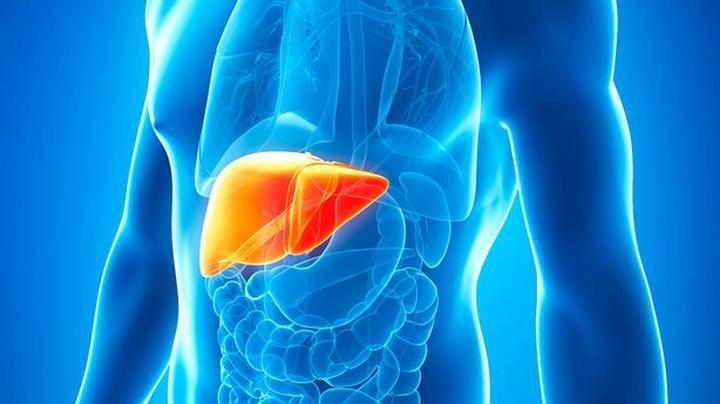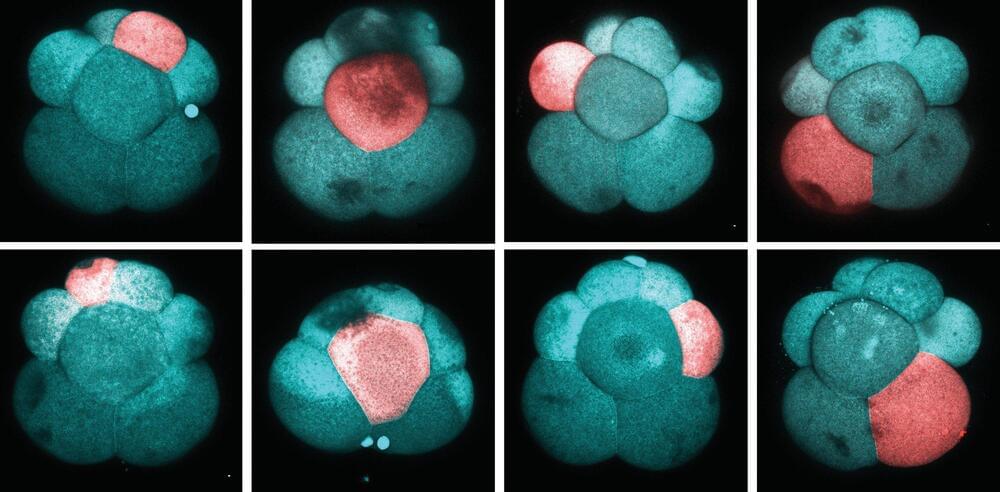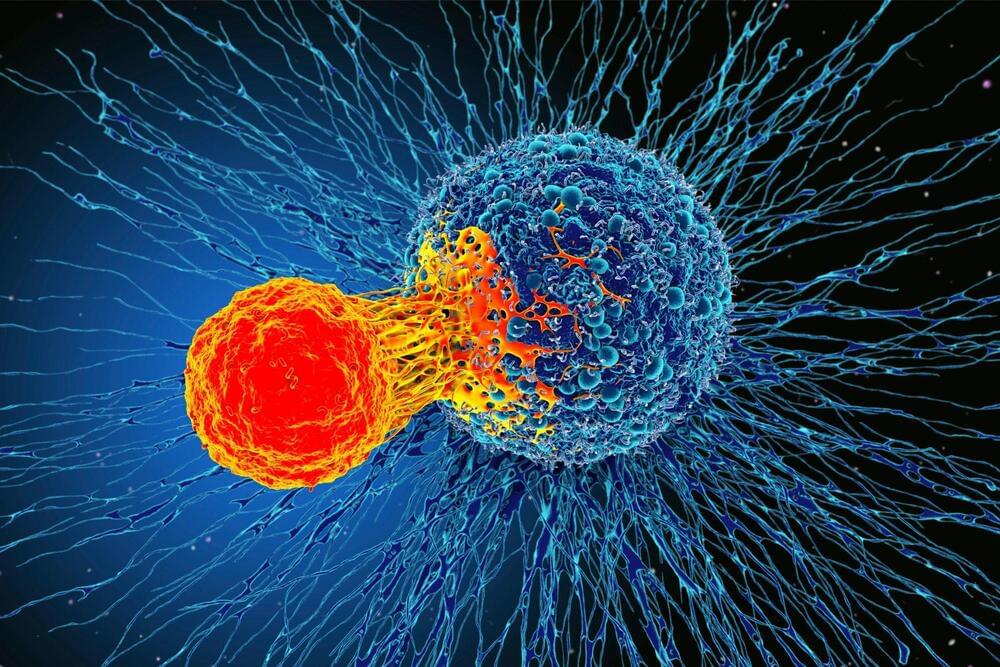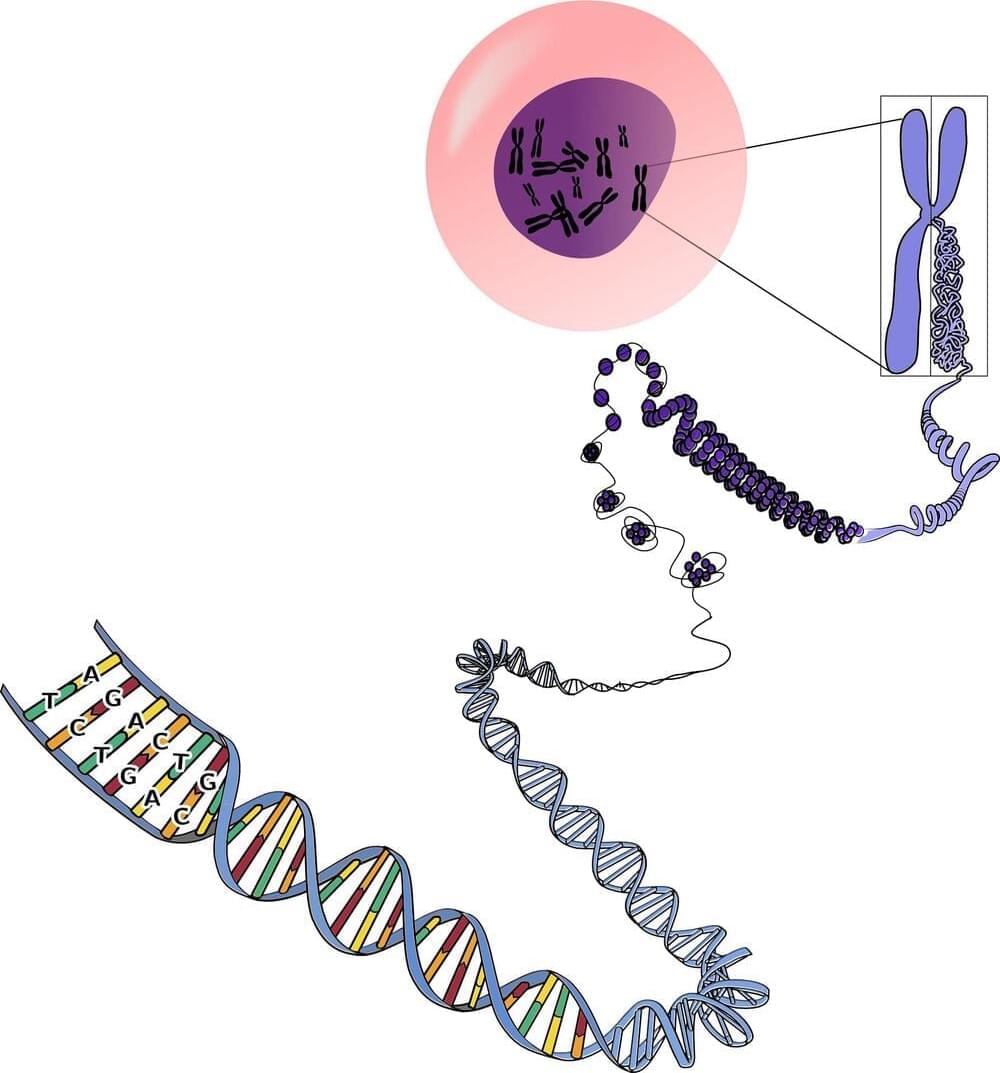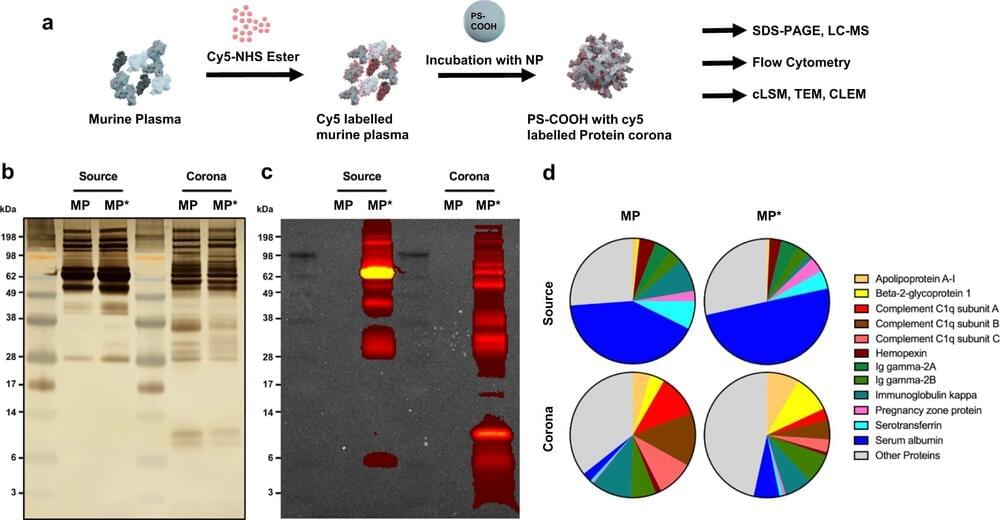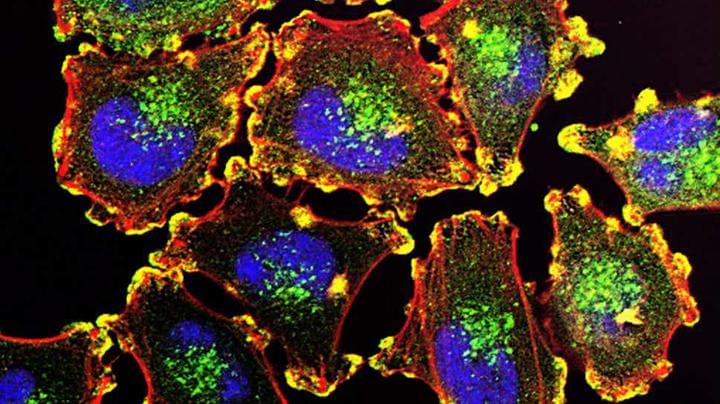People suffering from schizophrenia can expect to die 15 years sooner than they ordinarily would. A new study has now found that this could be partly caused by advanced brain aging. The research findings were published in the journal Molecular Psychiatry.
Schizophrenia is associated with an increased risk of premature death, partially as a result of suicide or poor physical health. Studies to date have suggested that the high prevalence of disease, long-term cognitive decline and excess deaths in people with schizophrenia could in part be caused when their brain’s biological age overtakes the chronological age.
According to a few small-scale studies, this discrepancy called brain-predicted age difference (brain-PAD) has been found to be consistently higher in schizophrenic patients compared to healthy individuals. The studies have also shown that the gap between the two ages mainly widens during the first years after the onset of the illness.

